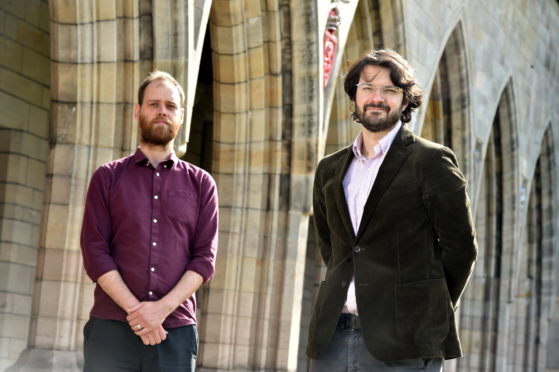A research project capturing Scotland’s creative response to the pandemic hopes to show people in 100 years time how society reacted to Covid-19.
Hundreds of people from all over the world have contributed to the Lockdown Lore Collection Project since it was launched.
It was developed around April by teaching fellow and archivist Nicolas Le Bigre and public engagement officer Simon Gall as a project for the archives for Aberdeen University’s Elphinstone Institute.
It was formed to document Scotland’s creative responses to the pandemic, including films, tunes, songs, digital initiatives, poems, and stories of lockdown living.
Mr Le Bigre said: “So far we have crowd-sourced contributions from over 350 individuals, and our volunteers have interviewed more than 50 people around the country about their lives during the pandemic.”
Lots of different material, such as rainbow drawings and videos of people crafting a blanket for children of key workers, have been submitted to the project.
Most of the contributions have come from Scotland but submissions have also been received from Nigeria, India, Canada, America and Russia.
Mr Le Bigre added: “In 10, 20 or even 100 years time it’ll be useful for people to have an understanding of how people in Scotland responded to the pandemic.”
For more information or to find out how to contribute to the Lockdown Lore Collection Project people can visit www.abdn.ac.uk










